
NASA has been at the forefront of some of the biggest discoveries about space over the last several years. With the rise of the European Space Agency, Russia, China, Canada, and others…they had fallen behind a bit. Especially as American budgets constantly left them with very little to work with. However, they recently announced something really big.
They apparently found what they believe is a sign of ancient life on Mars. Of course, this is not as straightforward as people might want. The information found is a bit complicated, so we wanted to break it down for everyone—especially the curious person who wants someone to make things easier to understand. Let’s get started!
What NASA Actually Found (And Did Not Find)
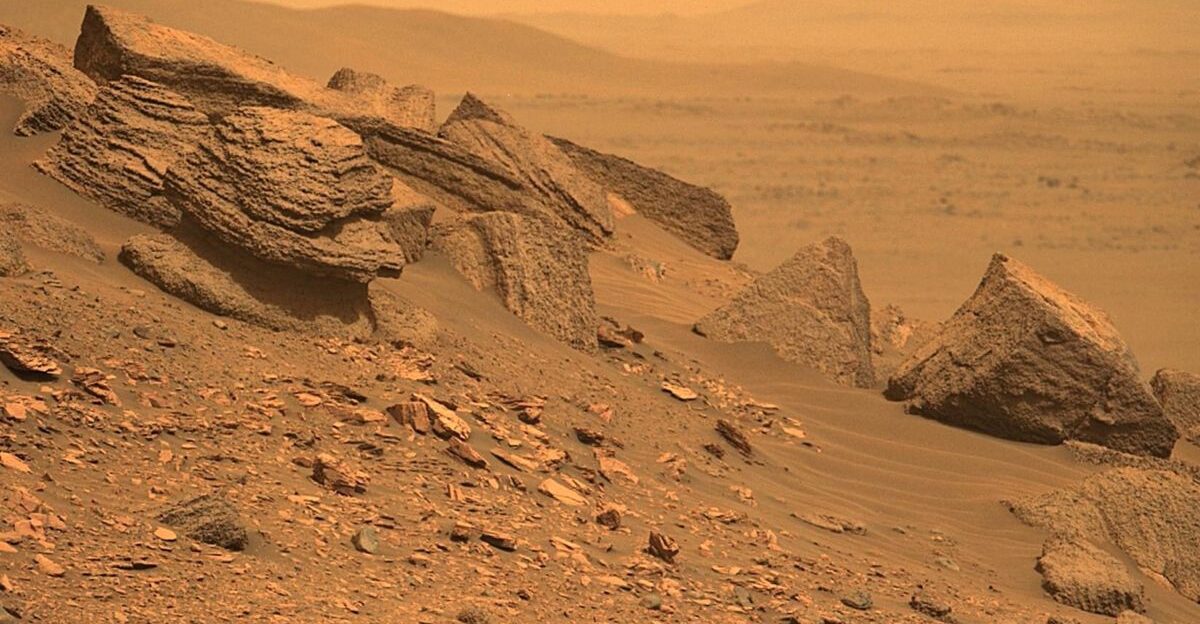
NASA said Perseverance found a “potential biosignature” in a Martian rock. This feature might have a biological origin, but it is not proof of life by itself. Project scientists emphasized the caution required for any astrobiology claim and framed the result as the most encouraging evidence “so far” for ancient (not current) life on Mars. Think of this as “promising clue,” not “case closed.” Confirmation, if it ever comes, will require lab-grade analysis on Earth.
Where This Was Found
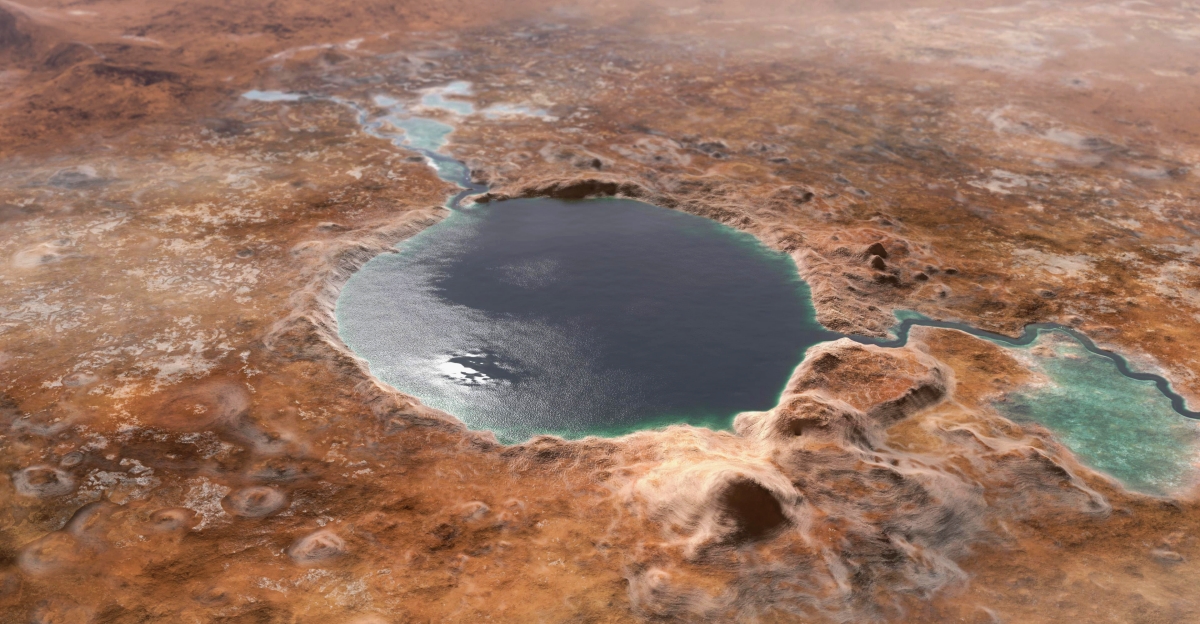
The sample comes from Jezero Crater, an ancient lakebed where water once pooled and rivers fed sediments — exactly the kind of environment scientists target when hunting for past life. The rock (nicknamed in coverage as part of a river system flowing into Jezero) shows textures and chemistry that raised eyebrows.
These fine sediments and speckled features are consistent with habitability on Earth. Location matters: a standing body of water with flowing inputs can concentrate organics and preserve them.
What “Potential Biosignature” Means
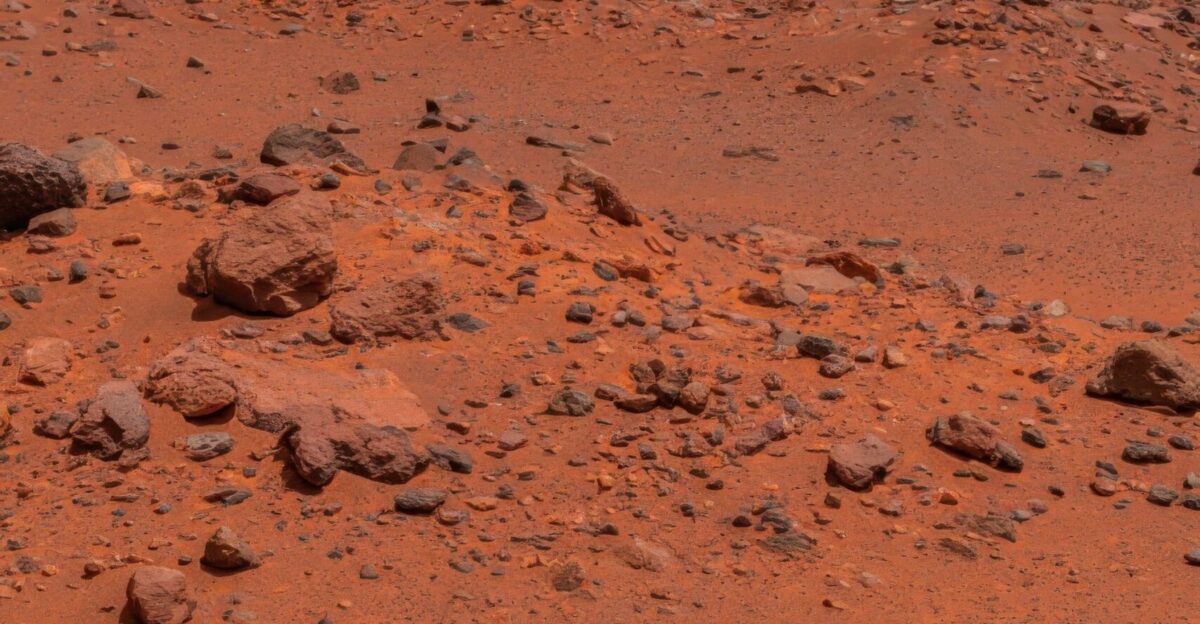
A biosignature is anything that could have been produced by life — certain minerals, textures, or chemical patterns — but that also might have non-biological explanations. NASA reminded everyone that “extraordinary evidence” is needed for extraordinary claims.
This finding has now cleared a big hurdle by entering peer review, but the label stays “potential” until other hypotheses are ruled out. It’s a green light to keep testing, and by no means is it a final verdict.
What’s Inside The Rock?
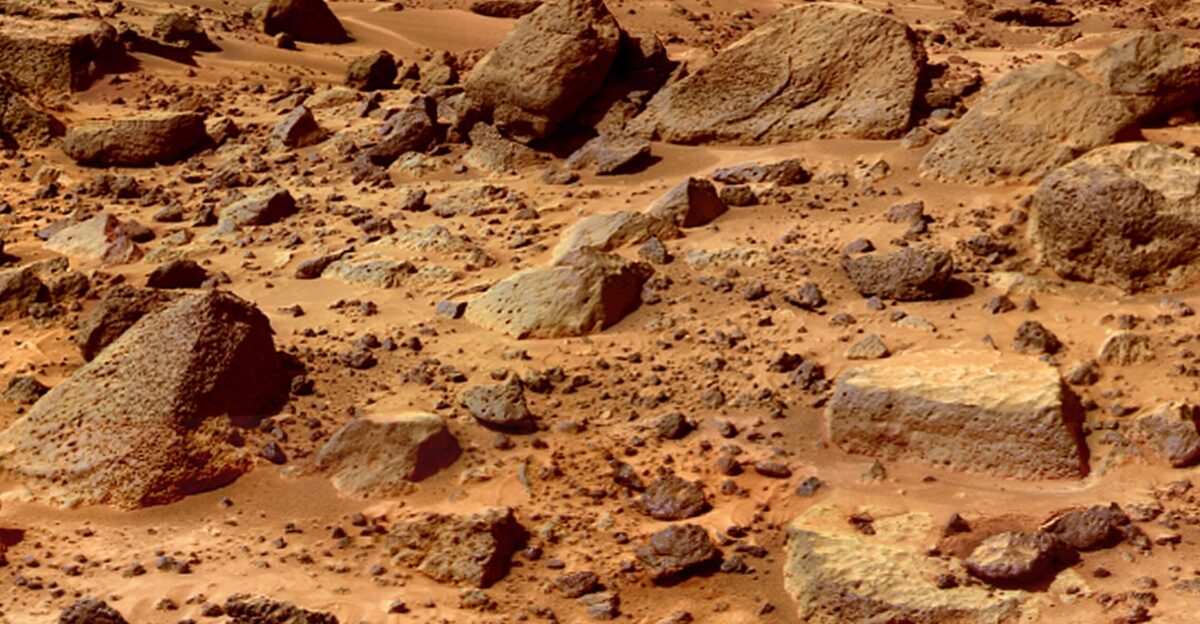
Reports highlight minerals and micro-textures that, on Earth, can track with microbial activity in watery sediments (such as specific iron and sulfur minerals and clustered poppy-seed/leopard-spot textures). None of that forces a biological explanation. After all, geology can mimic biology. However, the combination of fine sediment, chemistry, and texture makes this one of the most compelling Mars targets yet.
Why This Is A Bigger Deal Than Past Discoveries
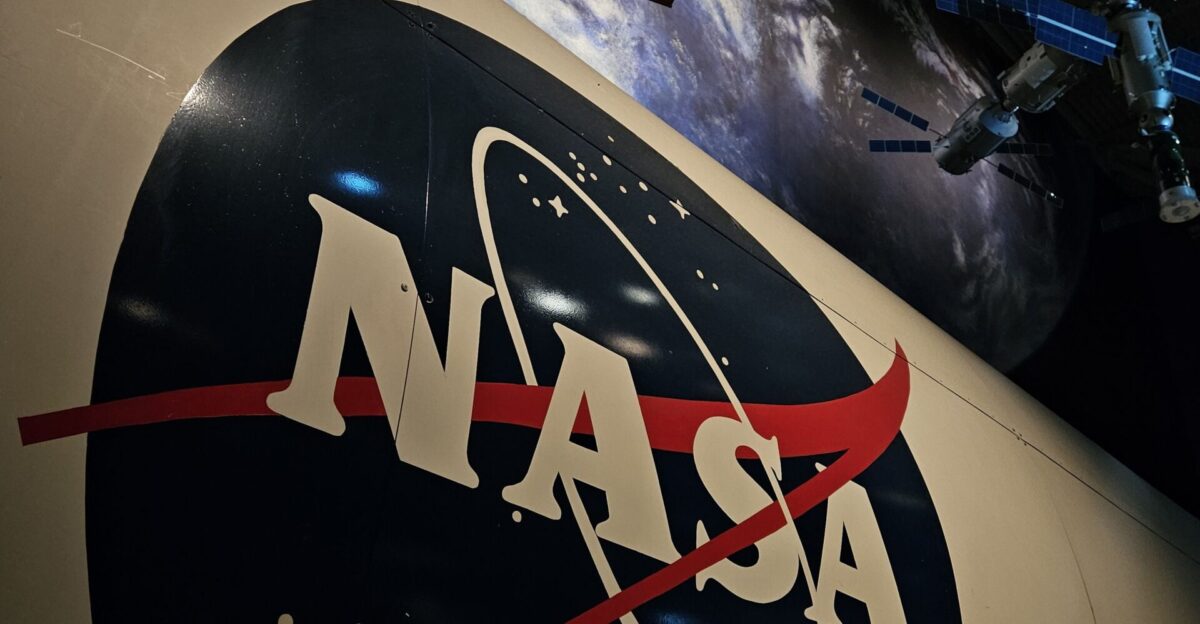
Earlier Mars headlines flagged organic molecules, methane blips, or ambiguous textures. This time, the evidence arises in a rock type and setting that scientists would expect to record biosignatures if microbes ever existed there.
NASA also noted a big surprise: these are among the younger sediments Perseverance has studied. This implies potentially longer or later windows of habitability than once assumed. If proven true, this could indicate some form of habitability and potential for life well into the era of life on Earth, too.
The Important Caveat: Abiotic Lookalikes

Every feature cited so far can, in principle, form without life. Certain minerals precipitate in lakes or by hydrothermal processes. Meanwhile, some textures emerge from purely chemical reactions. Field instruments can only go so far.
That’s why scientists keep repeating that no definitive proof exists yet. To be fair, though, it’s a strong lead that demands lab verification and attempts to falsify the life hypothesis.
How Perseverance Found It
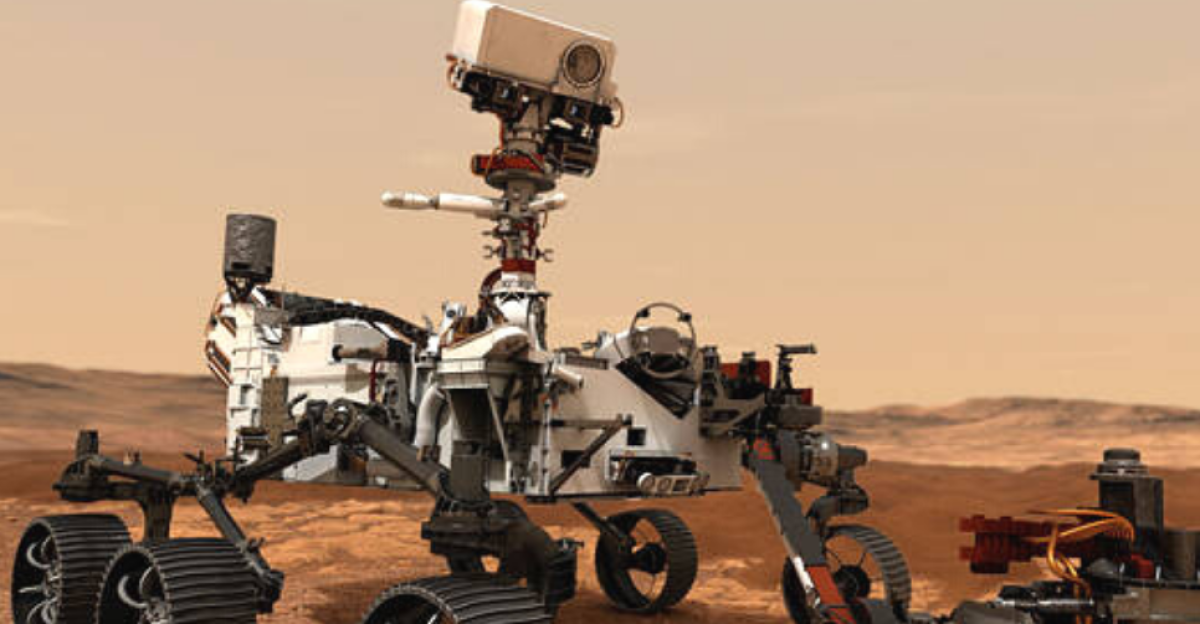
Perseverance carries cameras, spectrometers, abrasion tools, and a caching system. It scours ancient deltas, identifies promising targets, grinds or cores them, and seals samples for a potential trip home.
The rover’s mandate from Day 1: seek signs of ancient microbial life and collect the best rocks to test that idea on Earth. This discovery is exactly the kind of target the mission was built to identify and store.
The Peer-Review Step

NASA pointed out that getting a Mars biosignature claim into peer-reviewed literature is a critical step. This will force independent scrutiny of methods, data, and alternative explanations. Media coverage framed this result as the “clearest sign yet,” but even the authors stress the limits of what rover instruments can determine.
It is critical to remember that even peer review doesn’t prove life. However, it vets the claim and guides the next experiments. This could very well lead to a point when scientists can say life did once exist on Mars. However, that is a claim they cannot make right now for sure.
Why Sample Return Matters
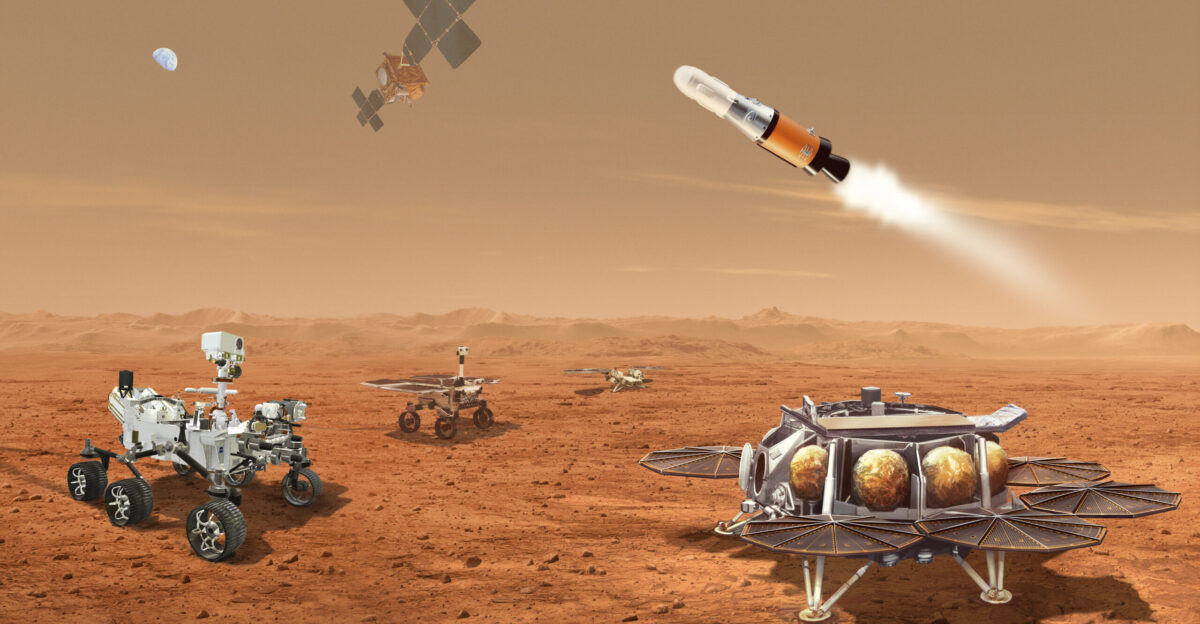
Proving biology vs. chemistry will likely require Mars Sample Return (MSR). This requires bringing sealed cores to Earth for high-sensitivity isotopes, organics, and micro-texture work. Multiple outlets noted that policy and budget turbulence could delay or threaten MSR, which would slow the path to a definitive answer. The science case here is a prime exhibit for why MSR exists.
How To Read Headlines Responsibly
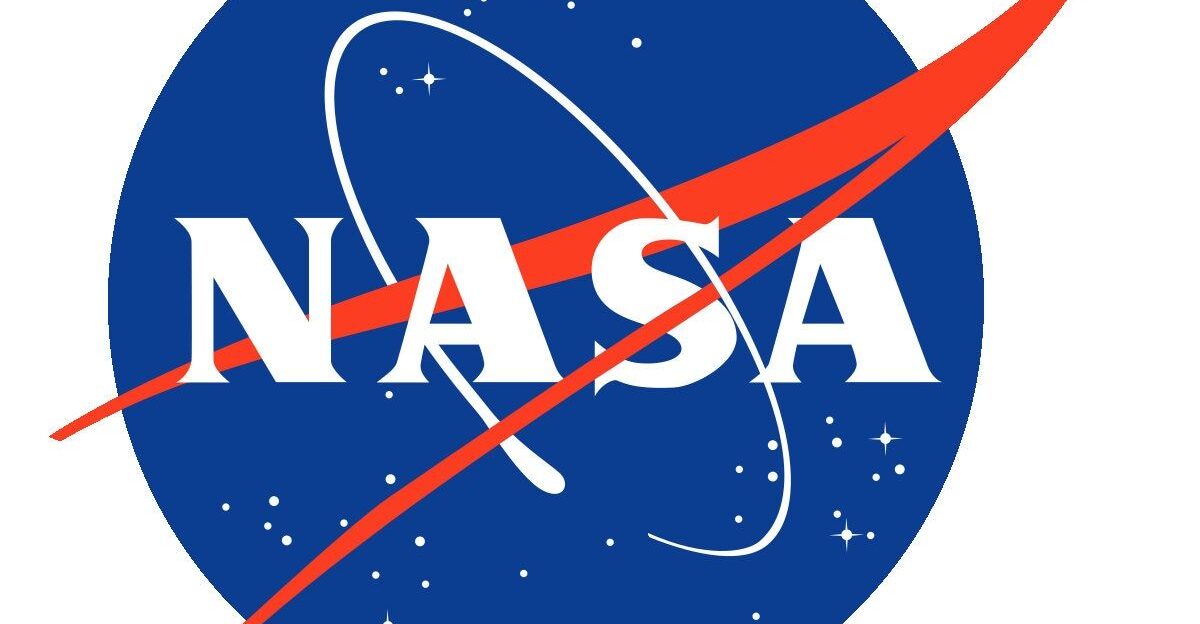
“Life on Mars” is irresistible, but scientists use graded language. NASA and others explicitly frame this as possible ancient life and emphasize uncertainty. The right mental model is to treat this like a credible lead on a forensic case.
It provides guidance on where to dig next, but it doesn’t close the case. Expect months to years of follow-up analysis, replication, and debate before any stronger claim. It is also important to remember that scientists are the ones studying all of this, and they’ll be the ones who make a major claim one day.
The CoLD Scale & “Extraordinary Evidence”
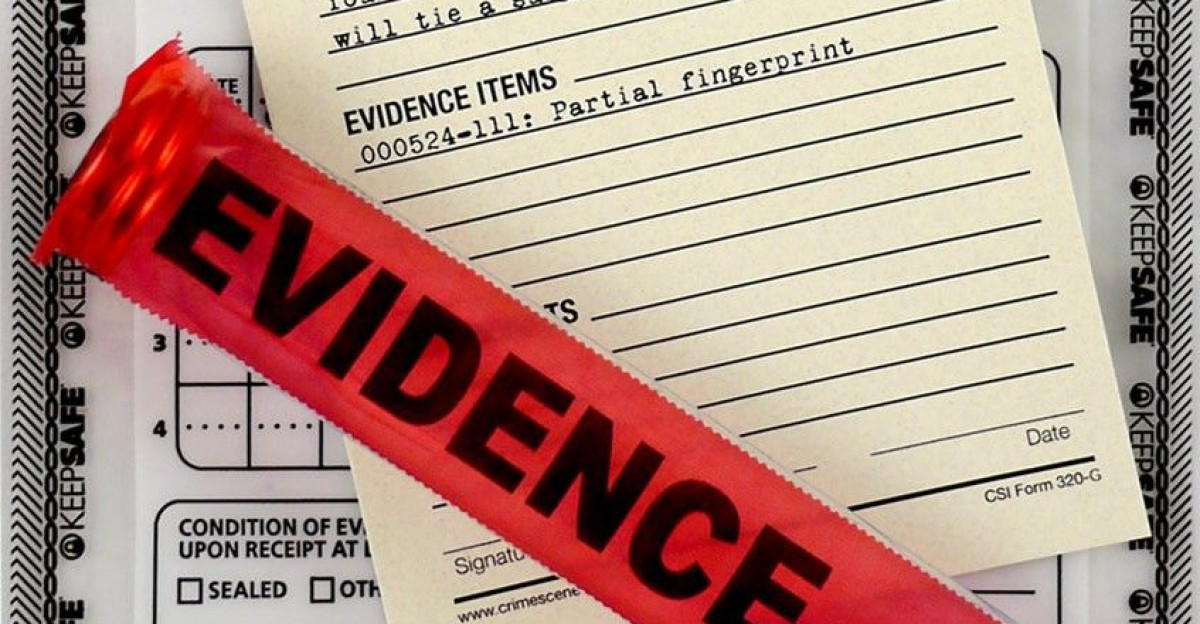
One helpful rubric mentioned in coverage is NASA’s Confidence of Life Detection (CoLD) mindset. This involves detecting a signal, ruling out contamination, eliminating abiotic alternatives, and then discussing life with high confidence.
This discovery advances the ball but hasn’t cleared the later stages. That’s why the public message pairs optimism with caution. It is also why MSR is pivotal to move up the scale.
What To Watch Next

What’s next for you as someone who wants to keep up with this subject without falling victim to clickbait or articles that come off confusing? You should watch for…
- The published paper(s) and accompanying “News & Views” lay out the competing interpretations.
- Follow-up measurements at Jezero to see if the same textures/chemistry repeat.
- Progress on the sample-return architecture that would schedule these cores for Earth labs.
If all of these pieces line up, this could evolve from “clearest sign yet” to a genuinely historic result. Something that would be iconic and change our history forever. Until then, all of this is just a strong, testable hypothesis — and the most exciting lead Mars has given us to date.
Life on Mars might not resemble what we think of as life, whether it’s ancient or something created in the future. However, life in any form is a beautiful thing. Knowing it could exist outside of our pale blue dot is exciting.